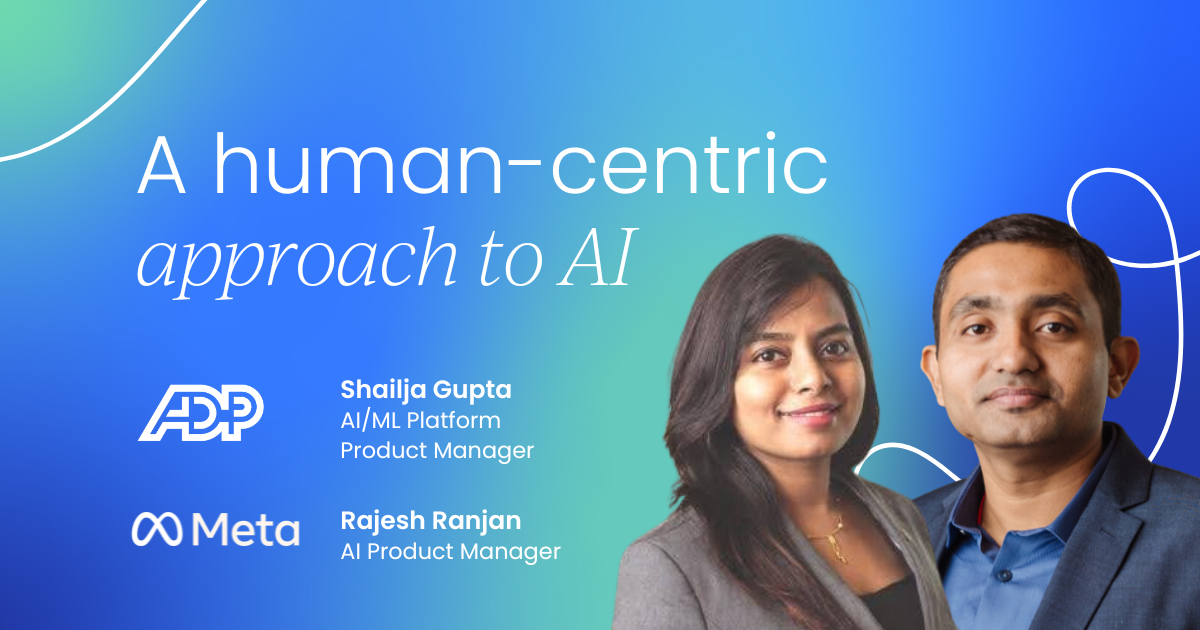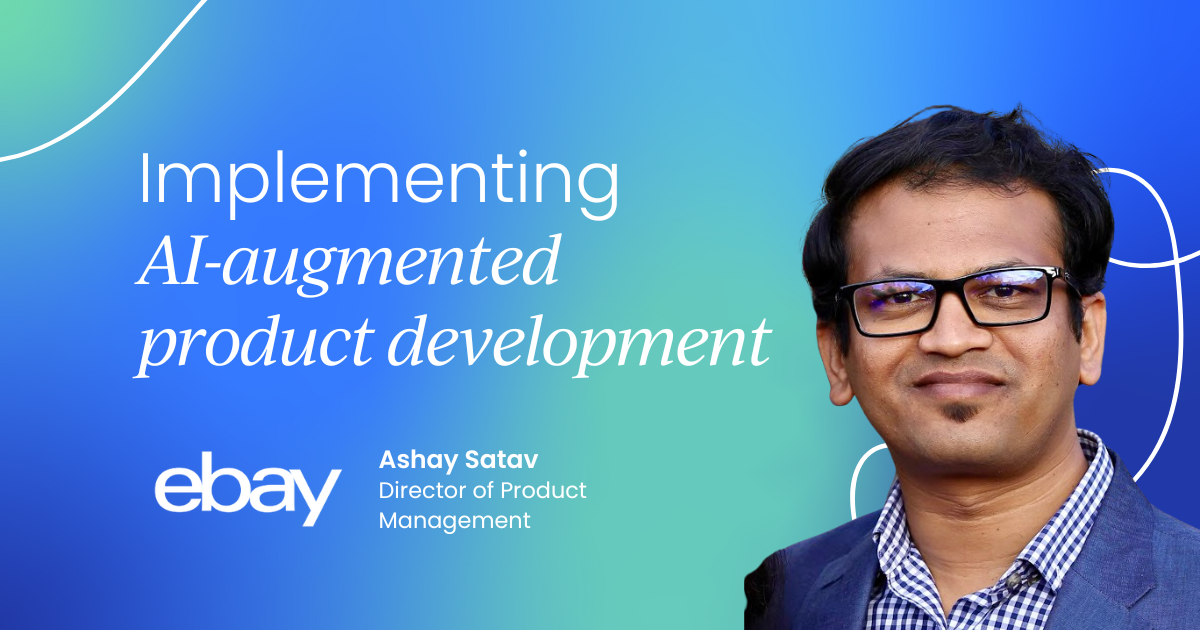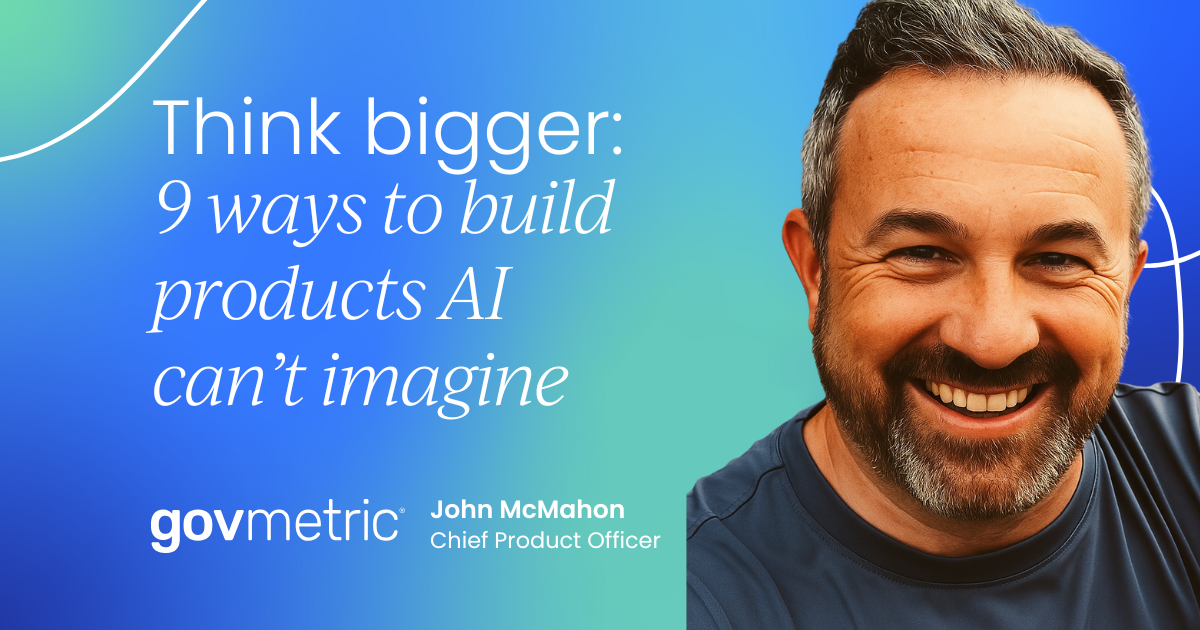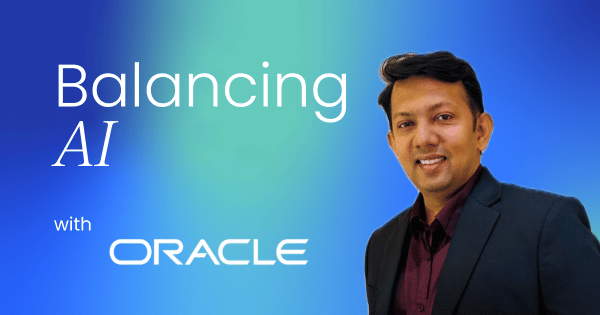If my 20+ years in B2B enterprise solutions have taught me anything, it’s that the only constant in product management is change – and recently, GenAI and Agentic AI have given it a whole new meaning.
While my first encounter with this wasn't a client splurging jargon from their roadmaps/wishlist, it was in the journey of creating my own AI Agent for a SaaS platform with newer discoveries at every turn.
The experience was exhilarating and, frankly, a little terrifying.
Suddenly, LLMs were not just calculating – they were recommending, predicting, advocating, consulting, and even reinventing what we thought tech leadership looked like.
Let me ask you: When was the last time your product roadmap was disrupted by something “intelligent”?
Did you welcome the change, or did you juggle sprint, roadmap, and rollout priorities?
1. AI: The new MVP (most valuable player)
For most of my fellow product managers, artificial intelligence (until recently) has been a shiny tesseract suited for your most prominent projects and/or experienced blue-eyed data scientists knowing machine learning, neural networks, and natural language processing technologies.
Large language models (LLMs) have democratized the ecosystem where everyone is an Avenger superhero (or a self-proclaimed prompt engineer).
Every developer has code snippets LLM-generated, and this practice has graduated from being a back-alley hack to rapidly becoming the backbone of forward-thinking product organizations.
AI is revolutionizing the complete product lifecycle – from sprint planning to user interaction to sales planning to support engagements.
A leading product firm is using its AI-driven analytics to empower sales managers to forecast more accurately, automate lead scoring, and even script the next best action for reps.
AI can surface customer insights you didn’t even know to look for. But as brilliant as these agents are, remember – they’re not immune to bias, nor are they always right.
The challenge is to wield AI as an assistant/collaborator, not a manager.
Q: If an AI Agent suggested you kill your pet feature, would you do it or politely ignore the recommendation?

2. Business agility: Adapting without breaking a sweat
"Agile" used to be the most abused term to justify unorganized sprints. Now, it’s surviving market swings before your coffee gets cold.
Atlassian, a global leader in collaboration tools, shifting to a cloud-first model is a textbook example: they pivoted their entire portfolio, embracing iterative cycles while keeping user experience as their north star.
With the AI Agent I developed, my teams began reacting to feedback in hours, not days.
How? The agents flagged trends, surfaced prospective customer attrition, recommended products for upsell/cross-sell, and proposed structuring deals in line with organizational policies, and those best suited for customer’s landscape.
This allows us to make fast-yet-informed pivots, smoothens sales cycles, and reduces friction in deal execution. Most surprisingly, this hyper-agility didn’t just reduce lead time; it boosted morale and suddenly, “change” felt less like chaos and more like opportunity.
A recent study by MIT sent shockwaves through the enterprise AI world, claiming that 95% of Generative AI delivered zero return on investment.
For the first time in history, the speed of innovation is exponentially higher than the speed of adoption, resulting in even smaller transformations.
My learnings to increase chances of success:
1. Set expectations modestly:
Don't promise a JARVIS yet; allow users and AI to (speed-) date and build trust incrementally.
Bring explainability, suggested follow-up tweaks, root-cause analysis, and human conversational designs to deliver a "likable" virtual personality.
Are you solving point-problems or transforming the way users work?
2. Integrated experience:
Every innovation needs to be "in the flow of work" and meet the user where they are, rather than making them chase a treasure map from the adventures of Tintin.
This is a huge gap with a lot of standalone LLM applications that enterprise solutions are well-structured to bridge. Multimodal input and output capabilities like text, PowerPoint, images, voice, videos, etc. align with users with varying digital dexterity.
Build a roadmap if not available initially.
3. Context is the (timeless) king:
Allow your agents to ask questions. You shouldn't trust your users to be equal-or-better prompt engineers than yourself.
Preempt and follow-up with collaborative questions and suggestions to guide your users pin the tail on the puppy blindfolded.
Build the feedback loop and enrich the context continuously by periodically restructuring prompts, updating/upgrading LLMs, refining/redefining data sources, and striking the primordial balance between accuracy and creativity.

3. Timeless principles: Product management’s north star
Trends are fun, but there are some principles that age like fine wine.
Customer-centricity, value delivery, and cross-functional collaboration are the unglamorous but unbeatable foundations of great product management.
No matter how advanced AI becomes, these fundamentals remain non-negotiable in my playbook. I’ve refused to skip a customer validation step, even when a machine learning model promised predictions better than Precogs from Minority Reports.
Why? Because customers are delightfully unpredictable, and trivializing customer-centricity is unforgiving.
While product development is the methodical process of ideating, designing, and producing a new SaaS offering or improving an existing one, it involves research, conceptualization, design, development, testing, and finally, product launch.
On the other hand, a go-to-market (GTM) strategy is a company’s plan to deliver their product to customers. It addresses critical factors ning the target market, positioning the product, outlining the value proposition, and detailing the sales and distribution model.
To achieve a successful launch and sustained growth, startups need to develop these two paths concurrently. The product features should mirror the needs and wants of your target market (segment), as defined in your GTM strategy.
Conversely, your GTM strategy should be realistic and informed by the capabilities of your product, defined during product development.
Here’s some food for thought: Which principle have you never compromised (come what may)?

4. Striking the balance: The sweet spot for innovation
The magic happens when AI, agility, and timeless principles form the basis of every decision – not just the big ones.
My personal framework involves three daily checkpoints:
- AI for insight: Use smart agents to unearth patterns and anticipate needs.
- Agility for action: Empower your team to pivot, adapt, and iterate – fast.
- Principles for purpose: Anchor every move to your customer’s true north.
Walmart generates multilingual product copy, SEO snippets, and review summaries aligned to brand voice. AI Agent reconciles demand signals, places replenishment requests within limits, runs promo simulations, and opens anomaly tickets.
This increases brand communication alignment and brings better product availability with a human in the loop, perfectly blending the three checkpoints mentioned above.
In my teams, we’ve had fiery debates over AI recommendations (who hasn’t argued with a recommendation system?), but ultimately, our principles broke the tie. Sometimes, it’s a messy process, but that mess is precisely where innovation thrives.

Conclusion
AI gives product teams a powerful tool to accelerate their work. But a product manager remains in the "hot seat," responsible for applying timeless principles to this new technology. They must constantly balance innovation with intuition, speed with stability, and technology with enduring truths.
My advice: don’t be dazzled by every algorithmic breakthrough or disheartened by every LLM lawsuit.
Instead, be intentional, authentic, and keep learning from your own teams, users, and instincts. Run faster on internal AI adoption by creating structured datasets which will be fodder for future generations of LLMs, accelerate inclusivity in human AI augmentation, and build stronger feedback loops.
How do you strike an equilibrium between AI, agility, and product wisdom? Let's write the next chapter together.



 Follow us on LinkedIn
Follow us on LinkedIn







